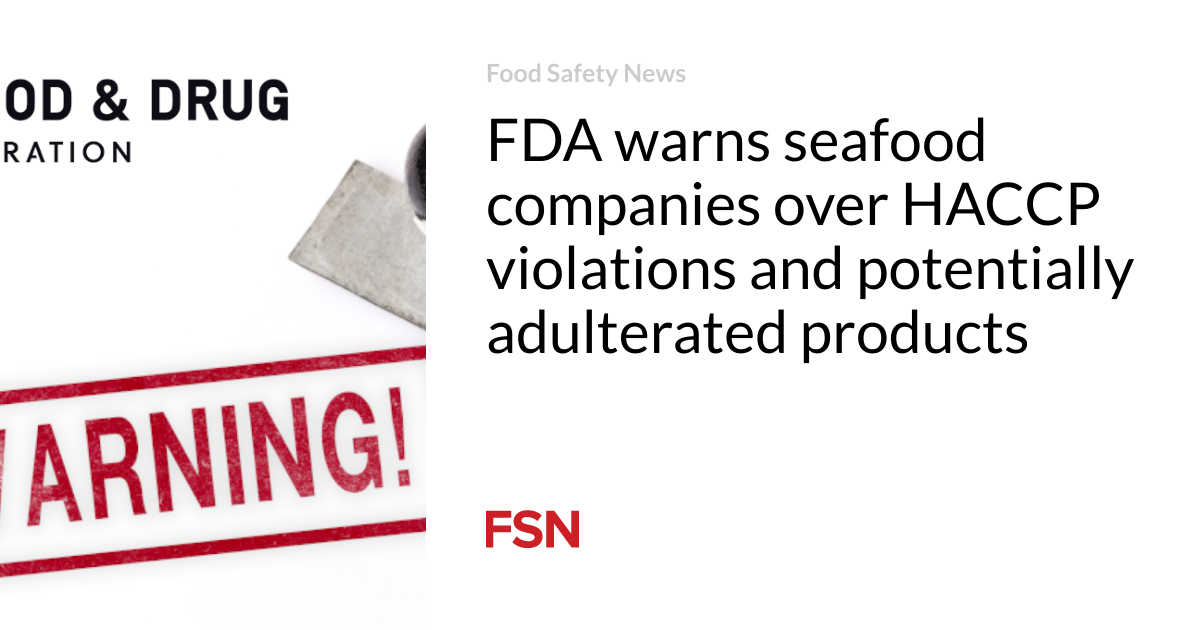Seafood Safety Alert: FDA Cracks Down on Hazardous Production Practices

The Food and Drug Administration (FDA) plays a critical role in protecting public health through its rigorous enforcement activities. One of the key tools in its regulatory arsenal is the issuance of warning letters to companies and organizations under its jurisdiction.
These warning letters serve as an important mechanism for the FDA to communicate potential violations of regulatory standards and guidelines. When the agency identifies serious concerns about a company's practices, products, or compliance, it dispatches these formal notifications to highlight areas that require immediate attention and corrective action.
The warning letters are not merely bureaucratic documents, but powerful instruments that signal the FDA's commitment to maintaining the highest standards of safety and quality in food, drugs, medical devices, and other regulated products. Companies receiving these letters are expected to promptly address the identified issues and provide a comprehensive plan for remediation.
By systematically monitoring and addressing potential regulatory breaches, the FDA ensures that consumers are protected from potential health risks and that industries maintain strict adherence to established safety protocols.

